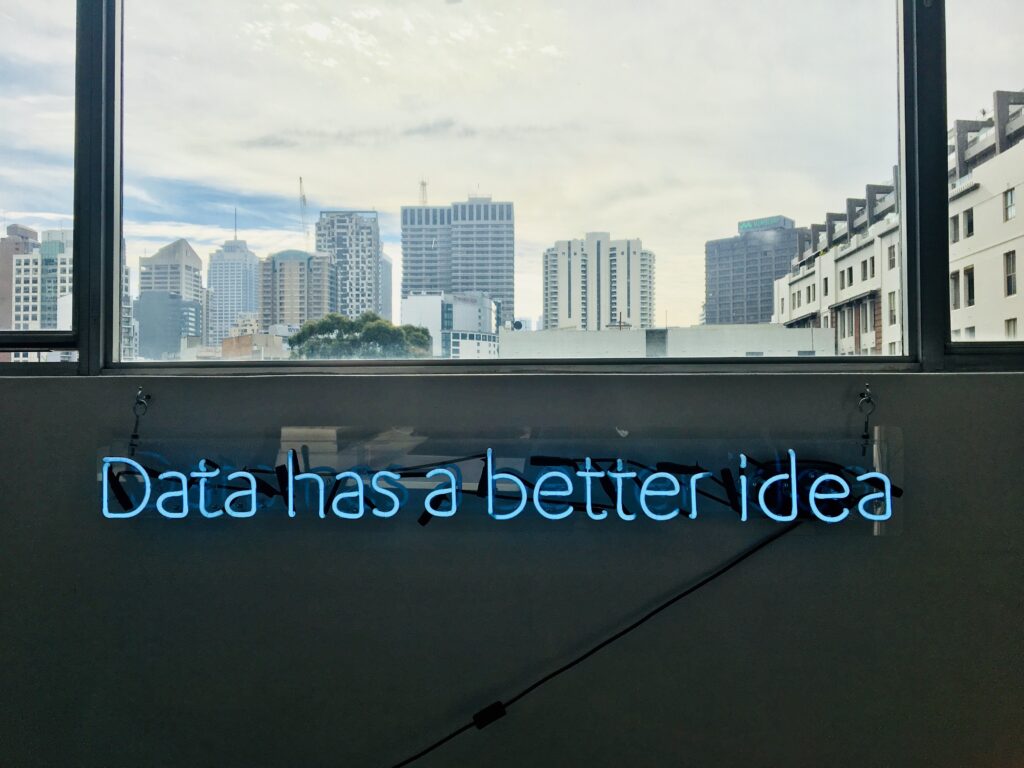Welcome to the “Diving deep into Gartner’s Top 10 Data and Analytics Technology Trends for 2019” blog series. In this series, we’ll explore the following top 10 Data & Analytics 2019 trends identified by Gartner.
- Augmented Analytics
- Augmented Data Management
- Continuous Intelligence
- Explainable AI
- Graph
- Data Fabric
- NLP/ Conversational Analytics
- Commercial AI and ML
- Blockchain
- Persistent Memory Servers
We’ll dive deep into and cover what each of these technologies is, why it matters now, explore use cases and suggest actionable next steps if the technology is mature enough and readily available to implement.
In this segment, we’ll cover an up-and-coming advancement in the data world, Augmented Analytics.
Definition
What augmented analytics does is to relieve a company’s dependence on data scientists by automating insight generation in a company through the use of advanced machine learning and artificial intelligence algorithms.
Bill Su, CEO Humanlytics
Note that Augmented Analytics is often paired with its twin, Augmented Data Management (see post 2 in the series), whenever it’s brought up. The focus of Augmented Analytics is primarily creating data insights within a business context in an automated manner. On the other hand, Augmented Data Management is more focused on lessening the effort involved in the automated preparation of the data for said analytics.
Essentially, Augmented Data Management helps greatly reduce the data manipulation and cleaning (or “wrangling) out of doing analytics by leveraging machine learning (ML) as well as Natural Language Processing (NLP). Augmented Analytics, on the other hand, leverages this data to prepare analytics within a business context for the business end-users.
Why It Matters
Currently, the state of this technology is so that it can assist a data analyst or scientist but cannot replace them. Even in this current state, this technology is being used, albeit in its most basic form.
There are many situations in which a company could benefit from obtaining real-time analytics. Unfortunately, a lot of data analytics takes an extended amount of time to extra, transform, and load (ETL) into an analytics tool which then itself needs to be properly configured to drive actionable business insights. At this stage, many Augmented Analytics platforms have the ability to significantly reduce the time ETL takes, thus increasing a company’s ability to truly have real-time analytics.
Contrary to general belief, most data scientists can spend up to about 80% of their time doing work that isn’t very scientific. During that time they collect and standardize data from various sources. Places like web analytics software such as Google Analytics or Mixpanel, customer relationship management (CRM) such as Salesforce or HubSpot, and other both public and proprietary (ie: private internal tools). Next, they spend time properly labeling and preparing their data for analysis.
Applications
Augmented analytics hasn’t reached full maturity yet, Gartner even removed it from their Magic Quadrant for 2018. However, there are tools out there that are making inroads.
Keep in mind that none of the above tools fully achieve the promise of Augmented Analytics. There is really no simple concrete next step at this point, the most readily-available action, assuming your firm leverages Salesforce already is that you could pitch trying out their Salesforce Einstein offering to your team.
Conclusion
The next 5 to 10 years will see massive changes in the data technology space as Augmented Analytics takes to the fore. This will also be one of the areas fueled by machine learning that will yield the most direct benefit to global businesses as their data becomes easier and easier to gain actionable insight out of.
Anant
Interested in learning more about Data & Analytics? Our practice is currently focusing on technologies such as Spark, Cassandra (check out this post on Cassandra vs Databases), Graph, Kafka and DataStax Enterprise and the following are our go-to places for our Data & Analytics brief.
Disclaimer: We recently made our Cassandra.link website open to the public. We previously used this site internally, but now want to share with others everything Apache Cassandra that we find informative or beneficial.
Let us know if you have any suggestions by clicking the feedback tab on the right of the site or sending us an email at solutions@anant.us.
Photo by Franki Chamaki on Unsplash




